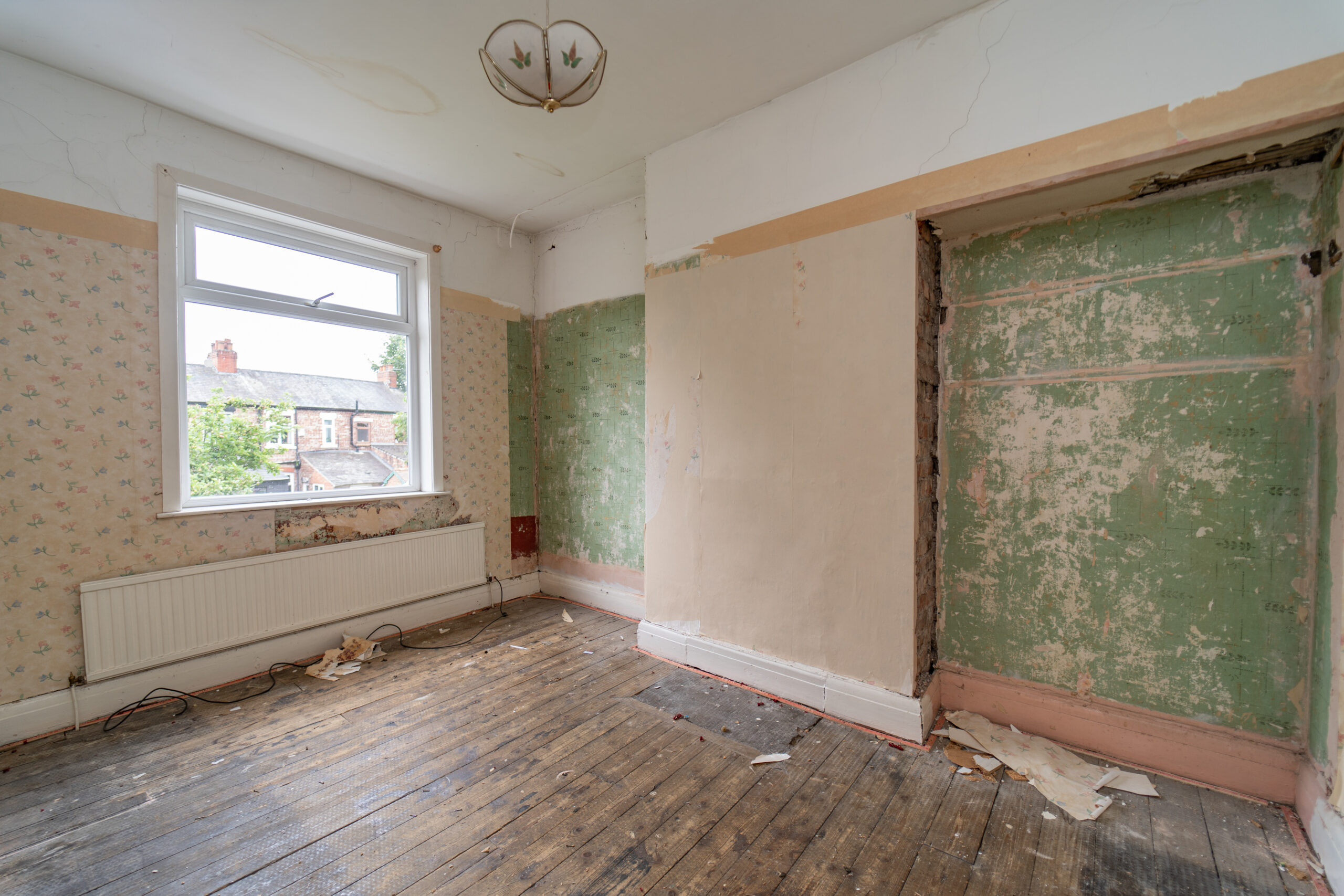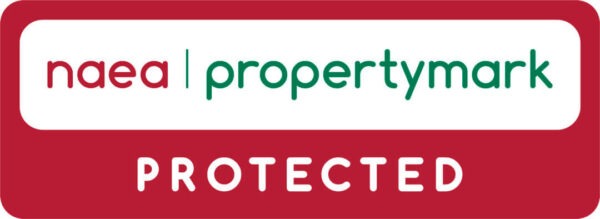Common DIY mistakes you can easily avoid..
Summer’s here (well, it is this week) and along with the arrival of the sun, so arrives the energy to crack on with some of that DIY you have been putting off. Families across the nation will be grabbing paint and brush, caulk and filler, bits of wood and brackets, and the iPad for video guidance (oh, thank goodness for all the expertise at our fingertips today!)
However, it’s often the supposedly easiest jobs where mistakes are made, the ones we don’t think to do a quick YouTube search on first, as really, how hard can it be?
Here are the most common DIY mistakes people make, which if you’re planning to sell your home now or later, may come back to bite you – whether you have to bring in an expert to fix it, or just decide to live with it, and then a potential buyer spots it.
Putting up shelves
Putting up shelves can be a quick job, easily managed between sessions in the garden on the sun bed. However – not taking a few extra minutes to use two essential bits of kit can cost a great deal of time, money and pain.
- Check for electrical wires in the area you want to drill. This is always important, and especially in older homes, where wiring might not always follow the safe and sensible routes to switches and sockets. One of my earliest memories is the flash and bang and sight of my dad sailing across the kitchen when he drilled in the wrong place. He was fine, but we all learned a lesson that day! You can purchase a Stud Finder for under £20 on Amazon, or visit your local Screwfix or DIY store and ask.
- Shelves need to sit at a firm 180 degrees. Even a fraction out and it will be immediately visible the moment you place anything on it. The old adage ‘measure twice, cut once’ applies as easily here as it does to cutting wood, carpet or whatever. Measure your width, make pencil marks and use the spirit level to check your work. It will save a lot of grief later!
Skipping the prep work for painting
A successful painting experience, whether it be touching up on skirting boards or door frames, or attacking a whole room, starts with preparation.
Before you start, be sure to give the area you are painting a wash, using a mild detergent. This will remove dust and any fine, invisible cobwebs, and yes, dust can cling to vertical surfaces! Be sure to smooth away any bubbles or cracked paintwork, using a light sanding block, then carefully repair any cracks or holes, sanding down the repair afterwards to ensure a smooth finish.
Finally, take your time with the Frogtape! Only an expert can really be certain they can cut in the paint above skirting boards, around door frames and below ceilings with a single brushstroke. If you aren’t an expert, taping those areas is an excellent plan.
Choosing the wrong colour
Yes, I’m still painting! It’s so easy to do, and so hard to miss until you’ve painted an entire wall. Luckily many DIY stores have a return policy on paint you’ve decided you don’t love after all, but it’s so much easier if you make the right choice to start with.
First, take home LOADS of paint chips. B&Q have an entire wall of decent sized paint colours on cards you can take dozens of. Stick them up on the wall and remove your least favourite. Then move the ones you like around the space – next to where the light comes in, where the light doesn’t fall, etc. This will help you narrow down your choice. You can get paint colour cards from other brands, but these are less easy to analyse as the chips are usually very small.
Next, invest in a couple of paint sample pots. Yes, it’s a slight expense, but a square metre of paint to live with for a couple of days is a lot better than a whole wall you realise you don’t like.
Finally – be sure to buy enough paint. Paint is often made in batches, certainly by the big brands, and one batch might have a colour variation from the last, or the next. These can show up on walls, and can be a real irritation. Measure your surfaces and do your calculations. Paint brand websites and DIY stores will check these for you, so you can be sure you have enough paint not skimp, or have to go back for more.
Ineffectual hiding of water marks
If you have had roof damage and the resulting watermarks on ceilings, or overflowing sink or loo and watermarks in the room below, it can be tempting just to paint over the marks with some of your leftover paint from the original job. Don’t! Apply a special oil-based primer spray or paint first, and then you can paint over with whatever you wish.
Cutting corners on quality of tools
There’s no point buying the most expensive paint brushes or rollers if you’re not planning on doing a lot of painting, but it’s best to avoid the budget options. Cheap brushes have a nasty habit of leaving bristles on the wall, which you then need to pick off – and that’s if you spot them while the paint is still wet. Choose a mid-range synthetic brush – these keep their shape, whereas proper bristle brushes can start to splay out over time, meaning the paint spread can be less effective.
Wallpapering – not as easy as you think
First – as with paint, you need to measure your walls and do the sums. Again, websites and DIY stores will be able to help with this. It’s really important you don’t underestimate it. If you’re buying a patterned wallcovering, pattern matching can cause extra waste, certainly if the pattern match is over 55cm. So buy too much and return what you don’t use. A lot of high-end wallpaper retailers aren’t open to this, however, so check your chosen retailer first. This is because, as with paint, wallpaper is made in batches, so pigment colours can vary – wherever you buy from, be sure before you unwrap the rolls you check they all have the same matching batch- and shade-numbers.
Also, before you start, you need to be sure you have all the kit you need there and then, so you’re not heading off to the DIY stores when your paste is ready to go.
Pasting table (if your wallpaper is paste the paper)
Something safe to stand on – a ladder, not a chair or stool!
A knife and some large, sharp scissors
A plumbline or spirit level – you can make your own plumbline. Just find something heavy you can tie a long piece of string around, a large bolt or even a set of keys.
Lining paper – if needed to smooth a wall, mostly when it’s been previously painted, not papered
Wallpaper adhesive, a big bucket and a wallpaper adhesive brush
A dry brush – for smoothing your paper to the wall and for removing bubbles – they happen, but are easily removed by gently brushing them to the side as you spot them,
A long tape measure
A seam roller – to be sure the seams are firmly flat, as they can lift as you paper the next bit.
Read the instructions. All rolls come with detailed instructions inside the wrapping.
Check each length is the right way up before you hang it. SO easily done, but horrible to live with when you spot it after the whole wall is done and dry.
Eddie – Friday 19th July 2024. (Image used from JP & Brimelow marketing team).



